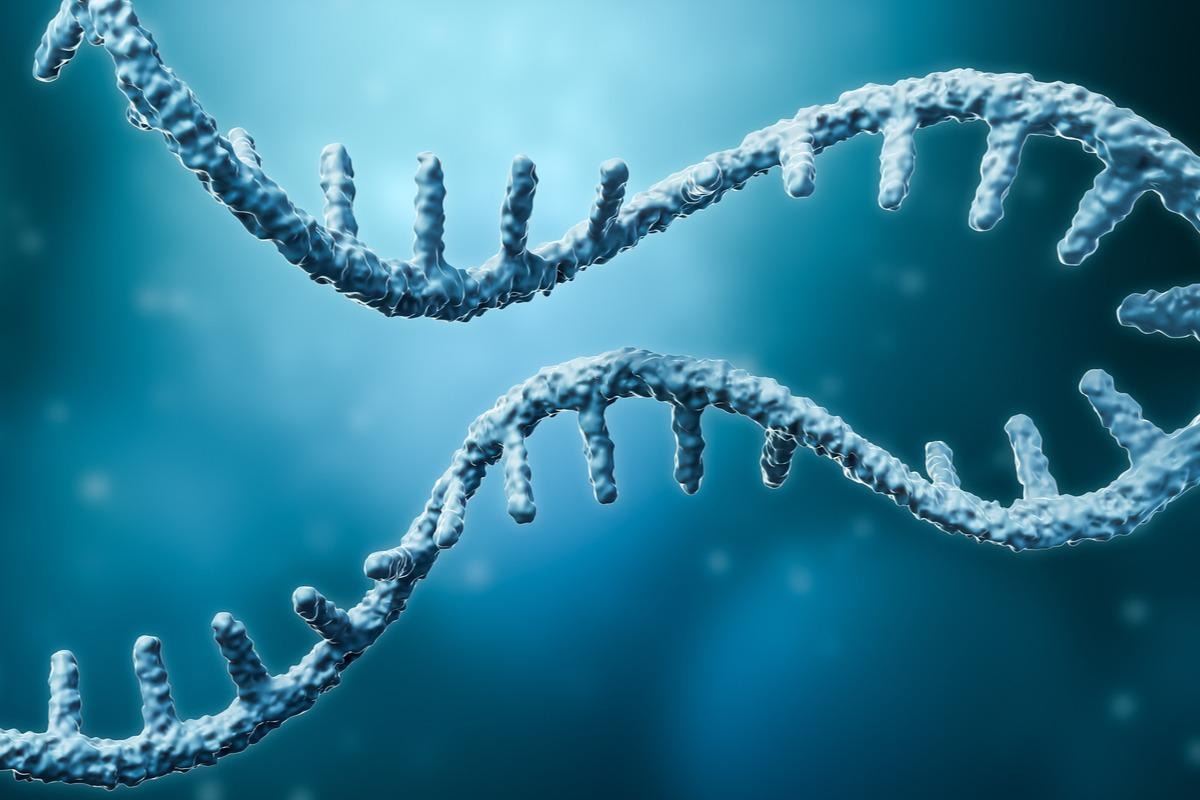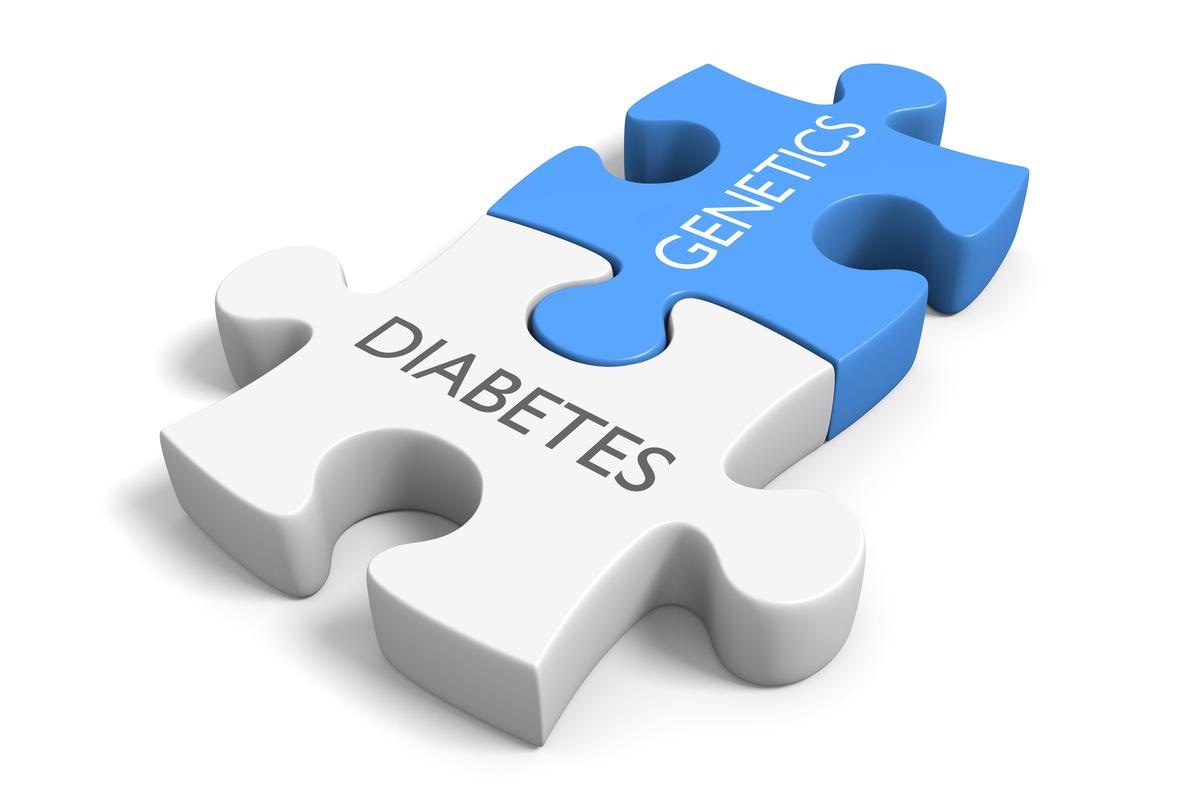Alternative polyadenylation is a vital gene function regulatory mechanism, occurring in more than 60% of human genes. The process is required for the synthesis of diverse mRNAs and proteins from a single gene. A dysregulated alternative polyadenylation is frequently observed in a wide range of human diseases, including cancer.

Image Credit: MattLphotography/Shutterstock.com
What is Alternative Polyadenylation?
Polyadenylation is a critical step in eukaryotic messenger-RNA (mRNA) processing that involves the addition of a long stretch of adenosines (polyadenylated tail) in the 3’ end of mRNA. The polyadenylated tail plays a vital role in regulating the stability, nuclear transport, and translation of mRNAs.
In most human genes, multiple polyadenylation sites are present within the 3’ untranslated regions (UTR), introns, or internal exons. The mRNA processing via polyadenylation is driven by a conserved sequence AAUAAA located upstream of the polyadenylation sites. Polyadenylation at different sites can generate multiple sequentially-distinct mRNA isoforms from a single gene. This process is called alternative polyadenylation.
Distinct mRNA isoforms produced by alternative polyadenylation differ in their 3’UTRs. This highlights the importance of alternative polyadenylation in gene expression regulation. Similarly, proteins produced by alternative polyadenylation contain distinct C-terminal amino acids.
Alternative Polyadenylation in Human Diseases
The dynamic regulation of mRNA pressing via alternative polyadenylation plays a crucial role in various biological as well as disease conditions. While a global shortening of 3’UTRs by alternative polyadenylation is frequently observed in proliferating cells, including cancer cells, alternative polyadenylation-induced lengthening of tandem 3’UTRs is more frequent during cell differentiation.
The alteration in 3’UTR length can affect the interaction of mRNAs with microRNAs (miRNAs) or RNA-binding proteins, leading to dysregulated protein synthesis. Similarly, alternative polyadenylation in introns can affect the coding capacity, leading to the synthesis of truncated proteins. Collectively, these processes can alter cellular homeostasis and induce disease onset and progression.
Malignancies
Highly proliferative cells such as cancer cells have mRNAs with shorter 3’UTR, which prevent the interaction of mRNAs with miRNAs and RNA-binding proteins and repression of protein synthesis. Collectively, these alterations may result in increased synthesis of proteins associated with neoplastic transformation.
In glioblastoma, the downregulation of a cleavage factor leads to transcriptome-wide shortening of the 3’UTR because of the alteration in alternative polyadenylation patterns. This subsequently causes an induction in oncogene expression, leading to neoplastic transformation.
Transcriptome-wide shortening of the 3’UTR can also be induced by hyperactivation of mTORC1. Such global shortening of the 3’UTR can downregulate tumor suppressors and cell cycle regulators by increasing the expression of some proteins that are associated with ubiquitin-mediated proteolytic pathways.
In colorectal cancer, the dermokine and peptidylpropyl isomerase E genes undergo alternative polyadenylation at the proximal site, leading to shortening of the 3’UTR of mRNA and subsequent neoplastic transformation of normal mucosa into carcinoma.
Endocrine Diseases
In steroidogenic tissues, the protein encoded by the steroidogenic acute regulatory gene plays a vital role in delivering cholesterol in the mitochondrial inner membrane. Alternative polyadenylation in the 3’UTR of the gene leads to the generation of two mRNA isoforms with different lengths. In normal physiological condition, these mRNAs have similar expression levels in adrenal cells. However, bromoadenosine-cyclic AMP mediated alternative polyadenylation at the distal site leads to the preferential synthesis of the longer and less stable isoform, which in turn causes alterations in cholesterol metabolism.
In type 2 diabetes, differential expression of the high-glucose-regulated gene 14 occurs due to alternative polyadenylation. While a short isoform is expressed under normal physiological condition, an induction in blood glucose level causes the expression of a longer and less stable isoform. Moreover, hyperglycemia increases the expression of a truncated mRNA isoform from the transcription factor 7-like 2 gene via intronic alternative polyadenylation. Such alteration in gene function subsequently increases the risk of diabetes onset.

Image Credit: David Carillet/Shutterstock.com
Hematological Diseases
The development of many hematological diseases is directly associated with mutations in polyadenylation sites. In β-thalassemia, point mutations in the canonical polyadenylation site of the human β-globin gene lead to the generation of a longer isoform of mRNA, which causes a reduction in hemoglobin chain synthesis.
In α-thalassemia, a point mutation in the polyadenylation site of the α2-globin gene leads to downregulation of gene expression. This subsequently affects the expression of α1-globin gene by altering transcription termination.
Immunological Disorders
In autoimmune disorders such as systemic lupus erythematosus, single nucleotide polymorphism in the proximal polyadenylation site of 3’UTR of GTPase, IMAP family member 5 causes the generation of a longer mRNA isoform, which increases the risk of systemic lupus erythematosus by inhibiting regulatory T cell apoptosis.
In another autoimmune disorder called Immunodysregulation polyendocrinopathy enteropathy X-linked (IPEX) syndrome, a substitution mutation in the canonical polyadenylation site of the forkhead box P3 gene (FOXP3) 3’UTR leads to the downregulation of FOXP3 expression and development of IPEX syndrome.
A genome-wide switching of polyadenylation sites and shortening of 3’UTR occurs in response to viral infection. Moreover, a downregulation in 3’ processing factors expression occurs during infection. Collectively, these alterations affect the host immune responses to viral infection.
References
- Chang, JW. (2017). Alternative Polyadenylation in Human Diseases. Endocrinology and Metabolism. https://www.ncbi.nlm.nih.gov/pmc/articles/PMC5744726/
- Zhang, Y. (2021). Alternative polyadenylation: methods, mechanism, function, and role in cancer. Journal of Experimental and Clinical Cancer Research. https://jeccr.biomedcentral.com/articles/10.1186/s13046-021-01852-7
- Jia, X. (2017). The role of alternative polyadenylation in the antiviral innate immune response. Nature Communications. https://www.ncbi.nlm.nih.gov/pmc/articles/PMC5333124/
Further Reading
- All Gene Expression Content
- A Guide to Understanding Gene Expression
- Regulatory Mechanisms Involved in Gene Expression
- Gene Expression Mechanism
- Gene Expression Measurement
Last Updated: Apr 14, 2022

Written by
Dr. Sanchari Sinha Dutta
Dr. Sanchari Sinha Dutta is a science communicator who believes in spreading the power of science in every corner of the world. She has a Bachelor of Science (B.Sc.) degree and a Master's of Science (M.Sc.) in biology and human physiology. Following her Master's degree, Sanchari went on to study a Ph.D. in human physiology. She has authored more than 10 original research articles, all of which have been published in world renowned international journals.
Source: Read Full Article
